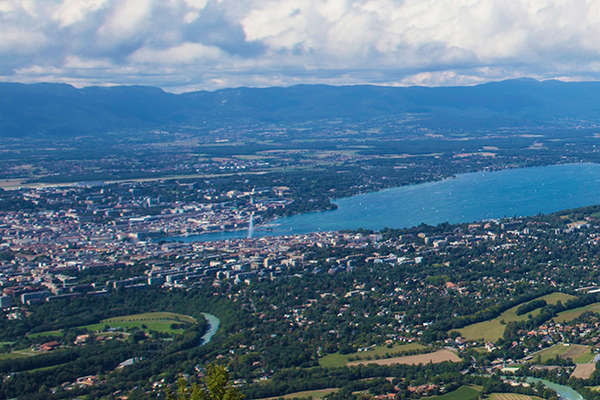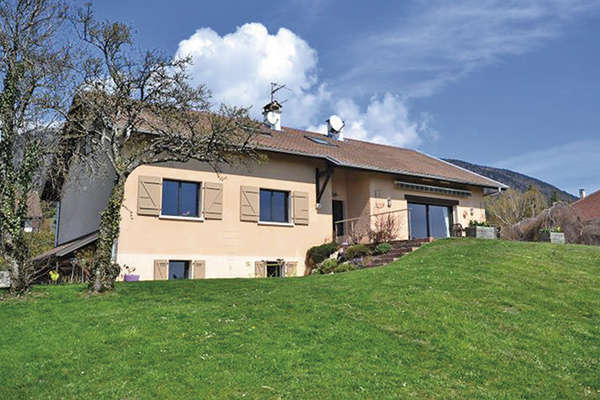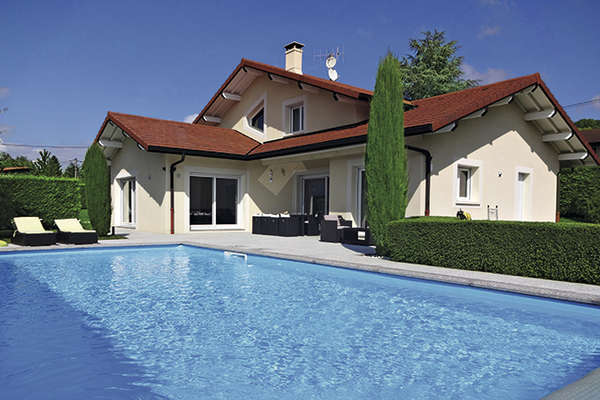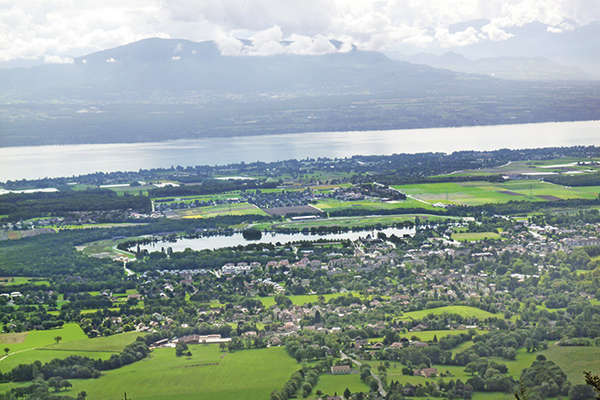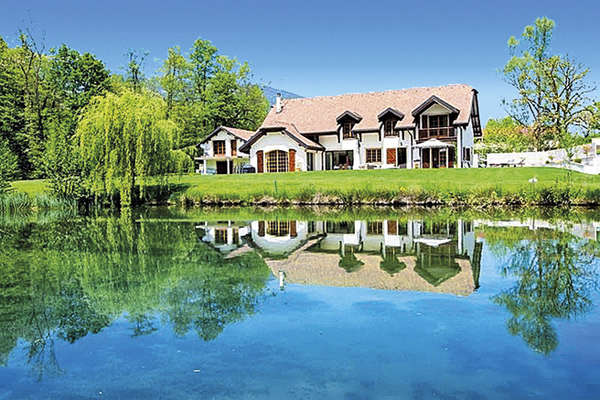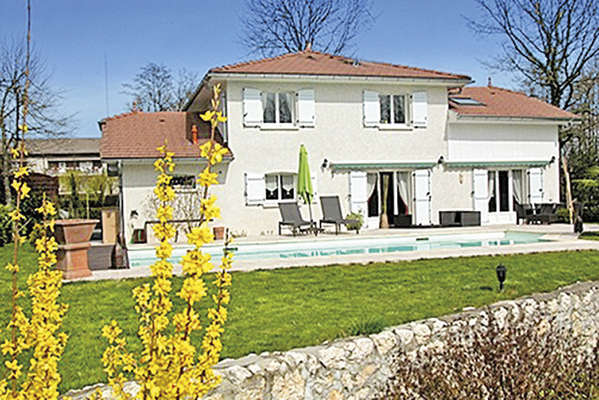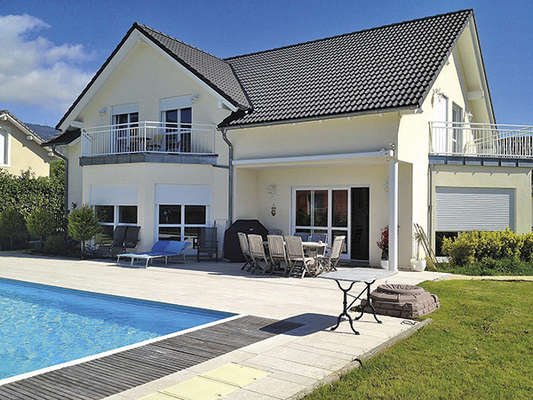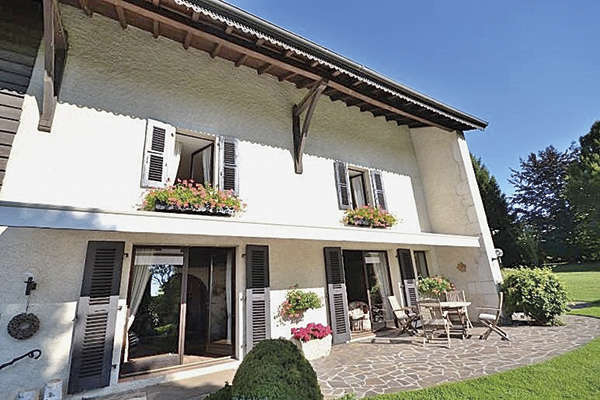The Bassin de Thau, a popular tourist destination
By Laetitia Rossi - 10 June 2011
The lake occupies an area of 18.52 acres, is 5 metres deep on average, 32 metres at most. Joining the Mediterranean at Marseillan and Sète, the largest lake in Le Languedoc-Roussillon is appreciated for its diversity : Balaruc is one of France’s leading thermal spas, other towns follow their vocations for nautical activities and shell-fish farming.
A wide swathe of sand separates the lake from the salty Mediterranean. Over the years, water-sport bases have made their appearance around its edge. Traditional sail-boats still form part of the scenery, but one can also now enjoy wind-surfing and kite-surfing. Divers welcome the lake’s biodiversity, whose balance is, however, fragile. The authorities thus appeal to people to pay even more heed to the environment in the Zone Natura 2000. Fans of oysters and mussels head for Bouzigues and Mèze. At the foot of Le Mont Saint-Clair, Sète, home to 42,800 people, is laid out around its fishing harbour. The commercial zone, the 11th largest in France, caters for ore carriers, cargo-ships and ferries from Africa. Like Georges Brassens later on, Paul Valéry was deeply fond of his hometown, calling it a “very special island”. He wrote : “I was born in one of the places where I would have liked to be born”. Specializing in rhumatology treatments, Balaruc-les-Bains, located 10 km from Sète and 30 km from Montpellier, draws a good number of people who come to benefit from cures. The historic town centre overlooks the resort from a hill, sheltered by sturdy medieval ramparts.
“Prices around the Etang de Thau haven’t faltered : quite the contrary,” comments Didier Noguet of Marianne Immobilier. As proven by those posted in Bouzigues, comparable to prices in Sète. Mèze, which also makes its living from oysters, draws up the rear, together with Marseillan, at the end of the lake. The particularity of Sète lies in its size and well established array of infrastructures. 70 to 90 % of buyers here are seniors from all over France, determined to come benefit from the sun, sea and pleasant life-style characteristic of Georges Brassens’ homeland. They pay from 300,000 to 400,000 € for a villa of 120 m2 with a garden of 400-500 m2. With budgets of 100,000-150,000 €, 30 % of buyers content them-selves with a holiday pied-à-terre. Lastly, 20 % of the market is composed of locals who are also first-time buyers, rarely capable or paying more than 200,000 €. Old apartments range from 2,000 to 2,500 €/m2, new ones from 3,300 to 3,800 €/m2, a ratio higher than that observed in Montpellier. Le Mont Saint-Clair, definitely the town’s most highly prized neighbourhood, currently sees an average two or three sales a month of villas worth close on 1 million euros. This listed hill offers a 360° view of the homeland of Paul Valéry, the Mediterranean Sea, Étang de Thau, Le Pic Saint-Loup and Le Canigou. In 2010, the Marianne Immobilier agency chalked up turnover showing a rise of 10 % versus the previous year. This consolidation seems to have continued so far this year.
“80 % of my clients are from outside the region. They often invest in Sète with an eye on retirement, or sometimes quite simply to enjoy holidays here,” says Marie-Pierre Di-Maïo of the Agence du Quai. Over the past two years, she has seen a steady flow of investors, motivated by the advantageous Scellier scheme. While the yield is around 4.5-5 %, buyers are reassured by the address, seen as a valid long-term asset. A 20-minute train-ride away, Montpellier with its TGV station provides excellent back-up in terms of amenities, starting with healthcare and culture. Furthermore, prices in the “Ile Bleue” are still attractive for a town on the sea. Which, unlike other seaside resorts, is lively all twelve months of the year. With its canals, it offers undeniable charm, as well as a vast sandy beach and a strong identity. Currently undergoing significant change, it is being treated to several rehabilitation projects. It’s always hard to lay down rules for evaluating older properties : figures depend on the condition of the communal premises, the extent and level to which the apartment has been renovated, its location and view. Extremely varied, the architecture of Sète plays its part in the extreme diversity of the housing on offer. Unlike the rest of the Bassin de Thau, mostly consisting of small individual houses, Sète is more built-up vertically.
“Balaruc has a really lively market. It has 5,690 residents who are joined by curists and tourists. It is 30 minutes from the capital of L’Hérault, easily accessible on the motorway. A convenience factor which explains the increas-ingly noticeable influxes of people working in Montpellier,” says Stéphanie Michot of the Agence des Thermes. Currently, seven out of every ten buyers are looking for holiday homes. They spend 60,000 to 90,000 € on a studio, up to 130,000 € for a 1-bedroom apartment which they use themselves for holidays and rent the rest of the year. Those who insist on a view of the water pay prices 20-30 % higher. Local buyers are more interested in villas : near the centre, an unpretentious example of 60 m2 with a garden of 100 m2 costs 250,000 €. A desirable house of 150-200 m2 in elevated grounds of 2,000 m2 with a swimming pool is close on 700,000 €. Despite steady demand, the commune offers very few new developments due to the scarcity of building land. Our estate-agent nevertheless mentions “Le Sunset” proposed by Angelotti Promotion consisting of 29 apartments with 2 to 4 main rooms prolonged by terraces and priced from 145,500 €. “This family-oriented destination makes for loyal customers. Its potential for progression is not in any doubt : it should, in fact, materialize in 2014, with the inauguration of the new thermal centre facing Le Mont Saint-Clair.”
